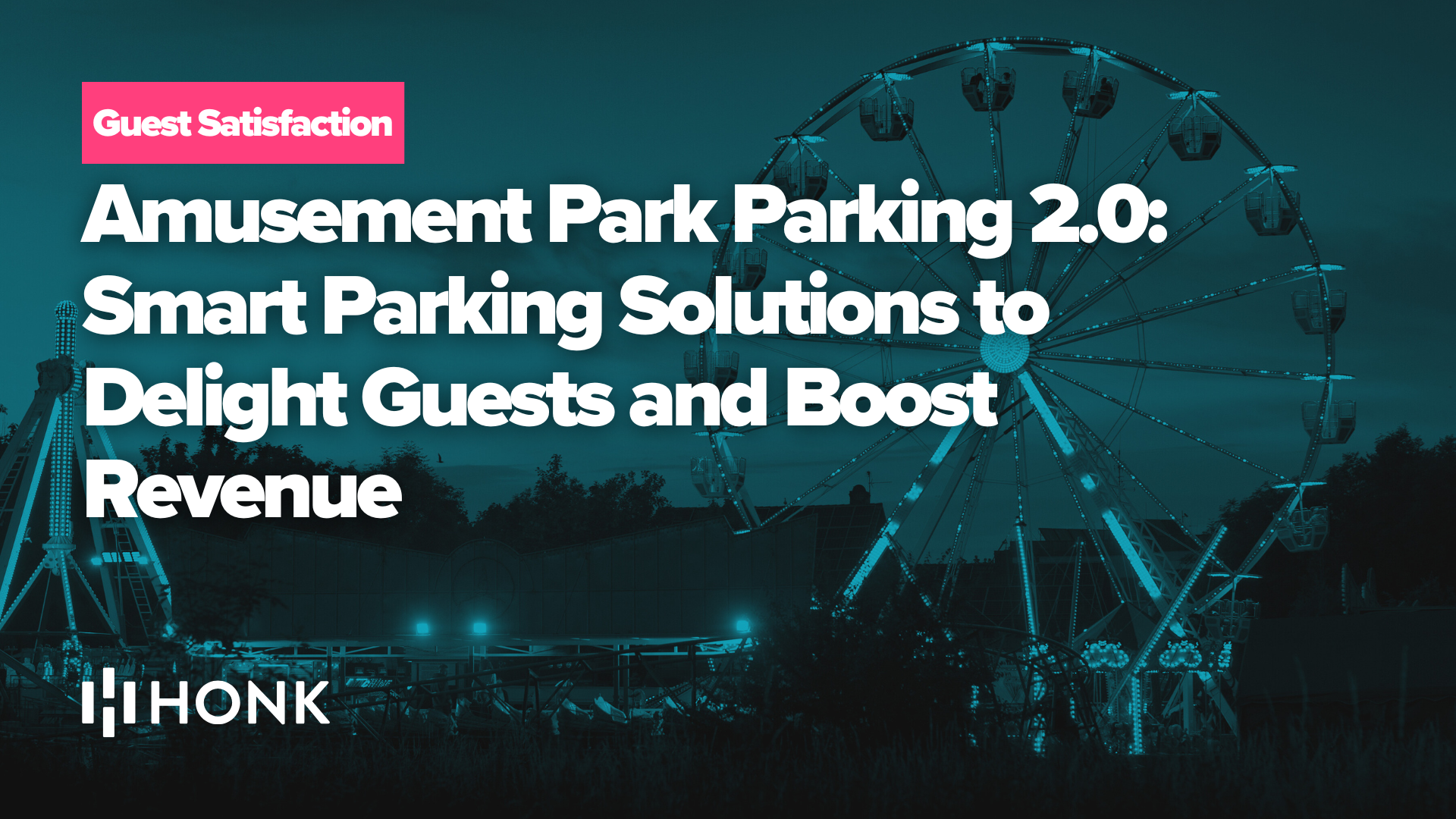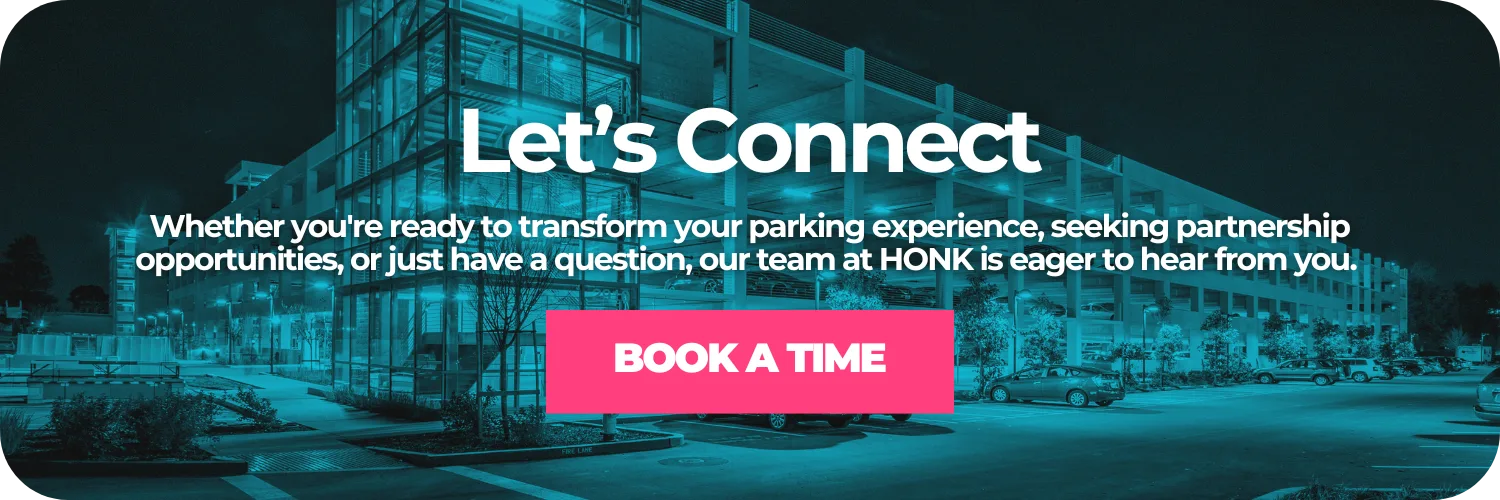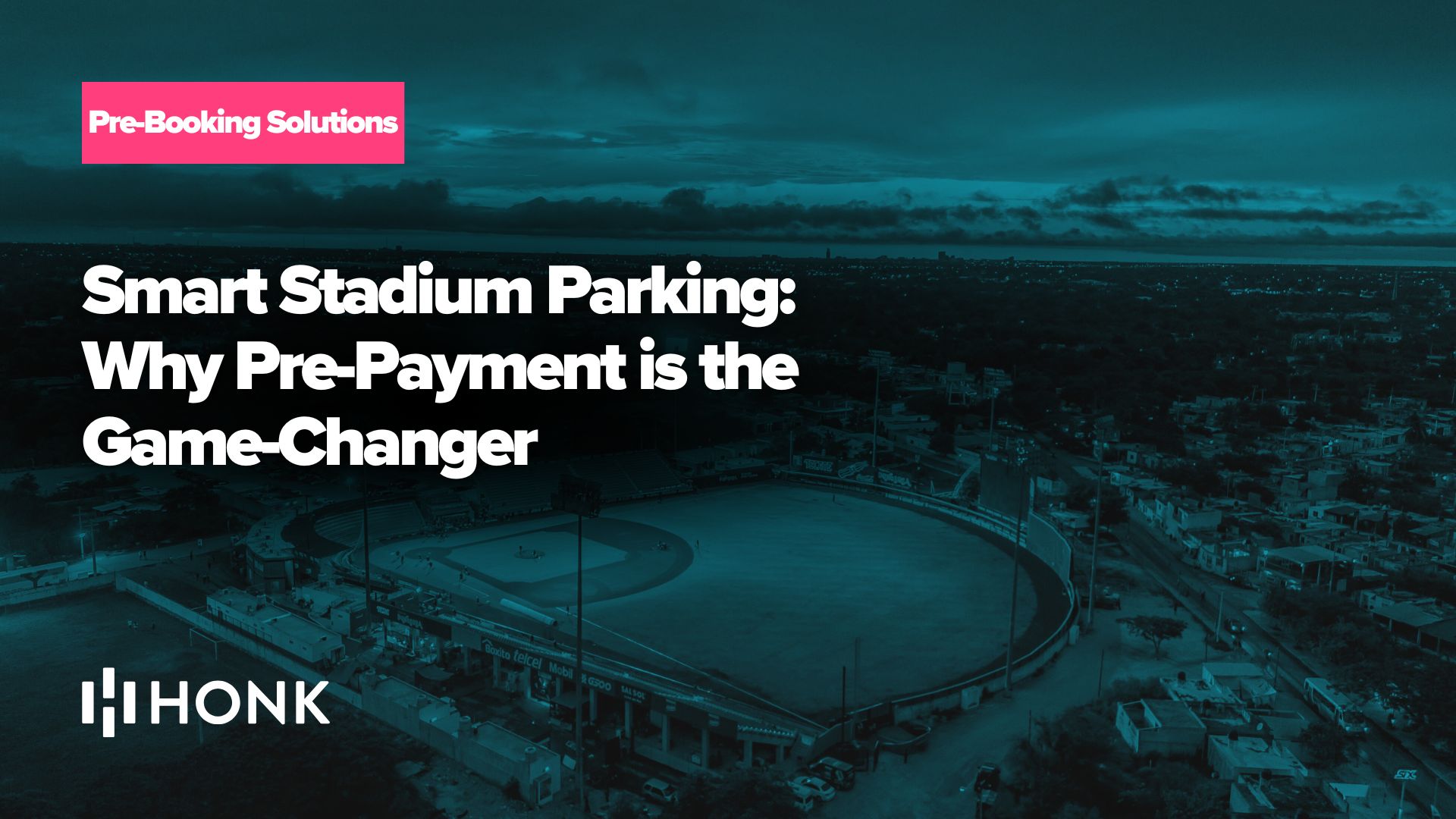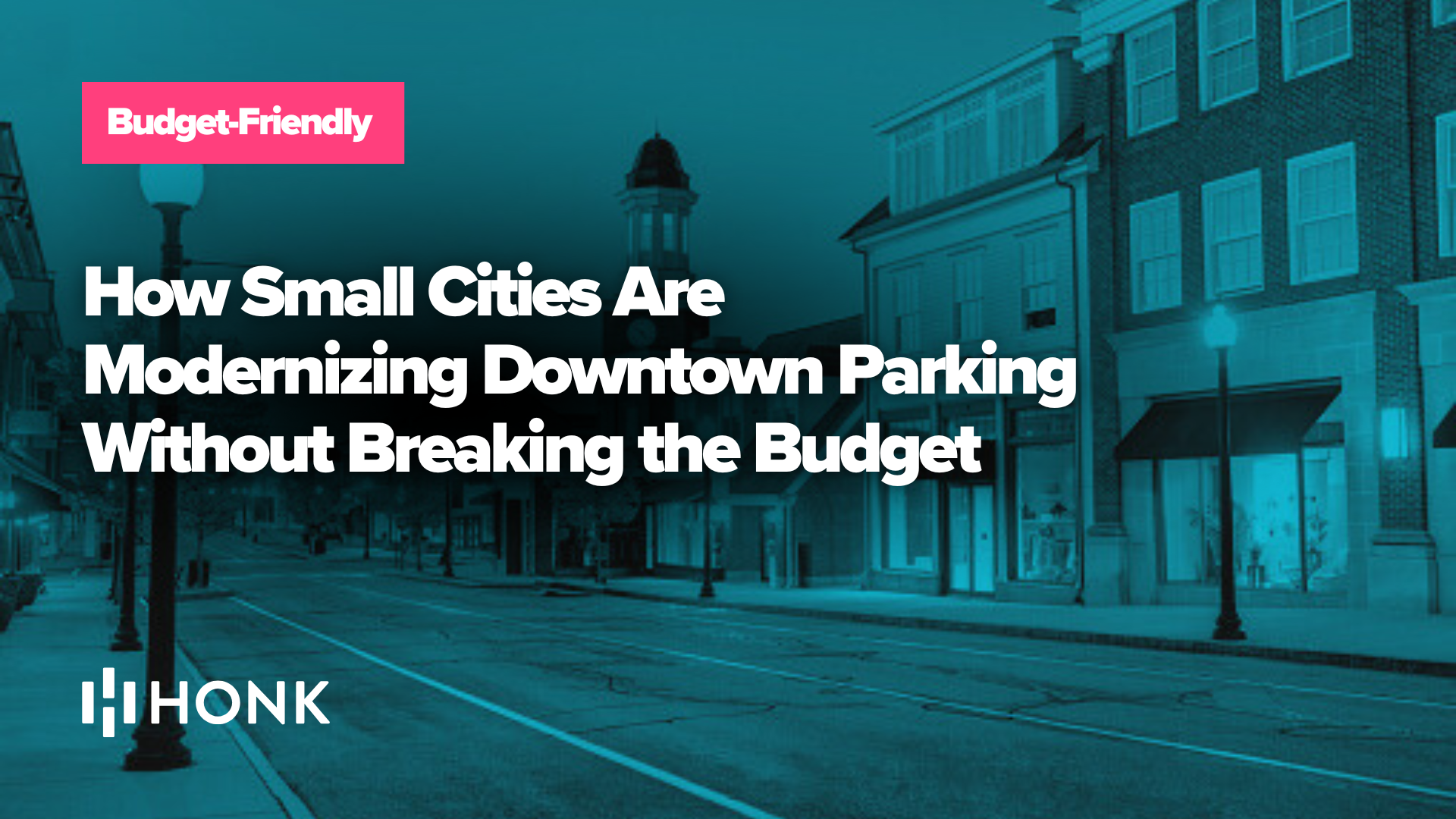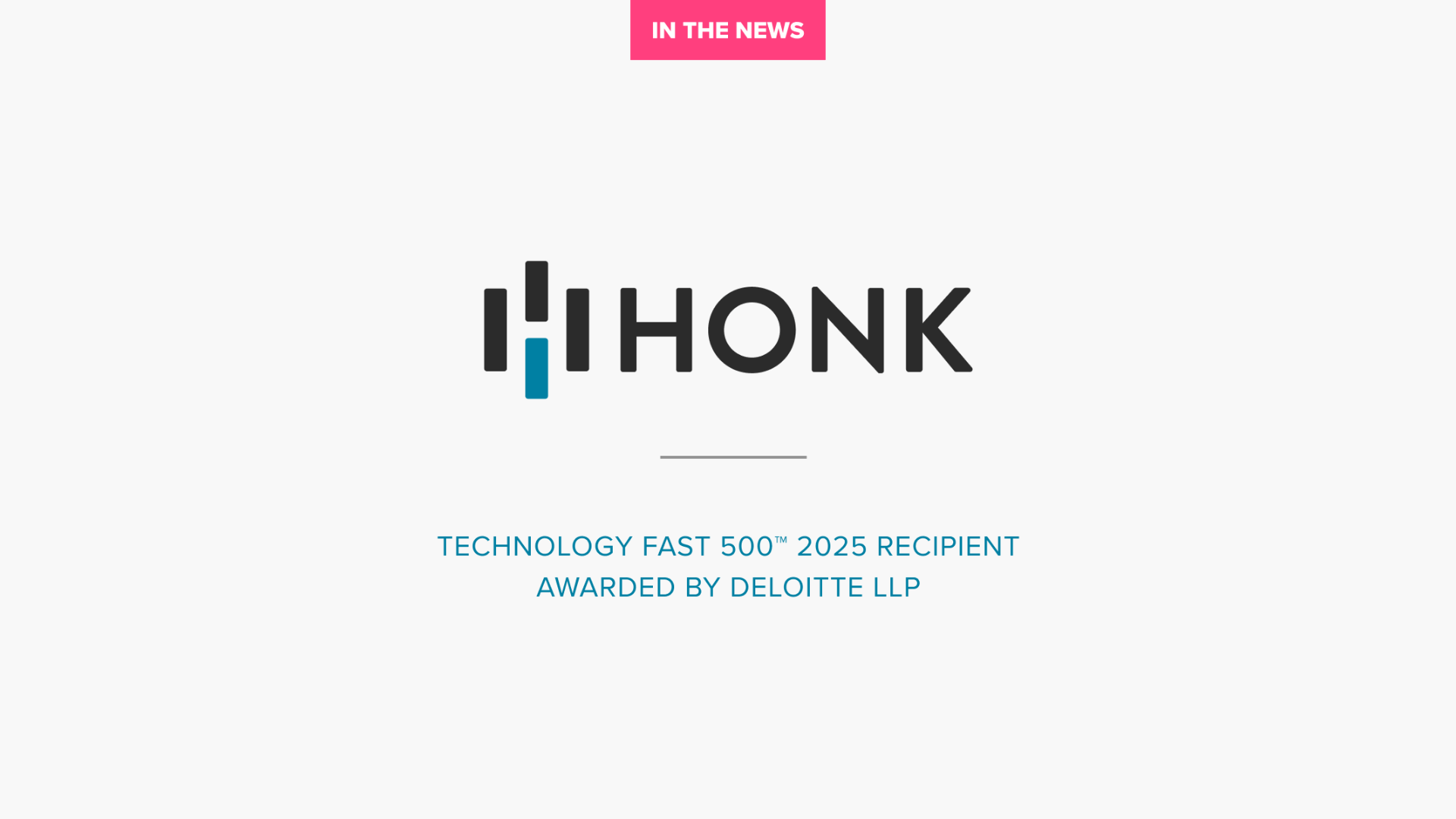Amusement parks aim for thrills and memorable experiences, but frustrating parking can quickly sour the fun. Long queues, cash-only booths, and lost cars detract from the magic before guests even enter. Parking is the crucial first and last impression. In the Parking 2.0 era, parks are adopting smart solutions, transforming lots from pain points into profit centers using mobile-first technology, cloud software, and data-driven automation.
This guide explores how modern parking management solutions, like those from HONK, revolutionize amusement park parking. From contactless payments speeding up entry to real-time analytics optimizing space, Parking 2.0 creates frictionless guest experiences and more profitable operations.
The Parking Challenge at Amusement Parks
Traditional parking systems often struggle with peak traffic, leading to congestion and frustration. Issues include:
- Inefficient Payment Methods: Cash or paper tickets create bottlenecks. Limited options inconvenience digitally savvy guests.
- Underutilized Space & Confusion: Large lots can be poorly used without guidance. Unclear signage for different zones (general, VIP, accessible) leads to chaos and circling.
- Lost Vehicles & Slow Exits: Guests easily forget where they parked in vast lots. Mass exits combined with slow payment/validation systems cause gridlock.
- Labor & Cost Intensiveness: Staffing booths and lots is expensive. Cash handling alone can cost ~9% of revenue collected due to labor, shrinkage, and fees. Old equipment requires constant maintenance.
- Safety and Compliance Issues: Without modern parking enforcement software or surveillance, revenue is lost to non-payment or misuse. Guests also expect contactless, safe interactions.
Analog, manual parking systems can’t meet modern guest expectations for convenience or operational demands for financial performance.
Parking 2.0: A Digital Transformation for Park Parking
Parking 2.0 represents the shift to digital, mobile-first parking management. It replaces cash boxes with cloud software and sensors, bringing intelligence and automation. This trend is seen across industries like municipal, university, airport, and stadium parking. Key technologies include:
- Mobile Parking Payments: Guests pay via smartphone apps (like the HONK App) or mobile web, enabling contactless parking payments and faster throughput.
- Cloud-Based Parking Management Systems: Centralized platforms like HONK’s allow remote monitoring, dynamic configuration, and integration, accessible anywhere.
- Smart Parking Hardware (IoT): Technologies like License Plate Recognition (LPR) cameras automate access and provide real-time occupancy data.
- Real-Time Data & Analytics: Dashboards aggregate data on occupancy, transactions, and revenue, enabling informed decisions through parking data management.
- Automation & Integration: Automating permits, receipts, and reporting, plus integrating with other park systems (ticketing, apps) via APIs, creates a seamless ecosystem.
Modernized operations see significant gains; businesses often report a 15–20% increase in transactions after going digital. The smart parking market is projected to boom, reaching $48.3 billion by 2033.
Frictionless Parking Experience: Delighting Guests
Smart parking enhances the guest experience, setting a positive tone for the visit.
- Contactless, Mobile Payments: Guests prefer digital options. Mobile payments via apps or QR codes mean quick, touch-free transactions from the car or in advance. 74% of consumers prefer contactless for speed and convenience. The HONK mobile app allows payment by scanning a sign or entering a zone code.
- Fast Entry and Exit: LPR cameras can automate entry for pre-paid guests or pass holders. Smooth exit processes with pre-payment or automatic LPR checkout prevent bottlenecks.
- Guidance and Wayfinding: Digital signs show real-time availability, directing cars efficiently. Apps can guide guests to open spots or save their parking location, preventing lost-car frustration.
- VIP and Accessible Experiences: Offer pre-booked premium spots via reservation systems integrated with ticketing. Digital tools can also better monitor and manage accessible parking, ensuring compliance and assisting guests who need it.
User-friendly solutions make parking effortless, improving overall guest satisfaction and loyalty.
Streamlining Operations with Smart Parking Management
Parking 2.0 dramatically improves operational efficiency through cloud-based parking management software.
- Centralized, Cloud-Based Control: Platforms like HONK’s consolidate all transaction and occupancy data into one dashboard, accessible remotely. This allows real-time oversight of multiple lots or parks. Cloud systems are scalable and reliable.
- Automation of Routine Tasks: Parking operations software automates payment reconciliation, vehicle counting, permit verification, and reporting, saving significant staff time and reducing overhead. Enforcement can also be automated using parking compliance software and LPR.
- Real-Time Analytics and Data-Driven Decisions: Continuously gathered data reveals patterns in occupancy and usage. Real-time parking analytics enable operators to implement dynamic pricing, optimize lot usage (yield management), and make informed decisions about staffing or capacity planning. Data-driven pricing adjustments have shown revenue increases of over 10%.
- Integration with Other Systems: Modern parking operator software integrates with ticketing, guest apps, CRMs, and enforcement systems via APIs, creating a unified digital infrastructure. Look for customizable solutions with strong third-party integration capabilities.
- Reduced Need for Physical Infrastructure: Digital solutions often eliminate or reduce reliance on costly hardware like meters, gates, and ticket dispensers. An “asset-light” approach using mobile payments and LPR cuts maintenance and capital costs.
Smart management tools provide data, automation, and control, leading to smoother operations and cost savings.
Maximizing Revenue and Profitability with Parking 2.0
Modern parking systems are powerful tools for parking revenue optimization.
- Capturing Every Parking Dollar (No Leakage): Digital payments and LPR-based enforcement ensure transparency and compliance, drastically reducing revenue lost to errors, theft, or non-payment. Airtight parking revenue management turns potential losses into captured income.
- Dynamic Pricing and Yield Management: Adjusting rates based on demand (time of day, day of week, proximity) maximizes revenue per space. Digital systems make implementing tiered pricing (standard vs. premium) or time-based discounts easy via software configuration.
- Higher Occupancy, More Transactions: Technology helps optimize parking space usage. Real-time data allows operators to direct traffic efficiently, open overflow lots promptly, and utilize tools like reservations to guarantee revenue and fill spaces effectively.
- Ancillary Revenue Opportunities: Smart platforms can facilitate upselling services (car washes, EV charging) or monetizing lots during off-hours/off-season for events or commuter parking through flexible commercial parking management setups (often suitable for private operators).
Optimized parking is big business; combining compliance, smart pricing, and maximized occupancy significantly boosts profitability.
Cutting Costs and Increasing Efficiency
Smart parking solutions reduce operational expenses:
- Lower Labor Costs: Automation and self-service (mobile payments, automated access) reduce the need for booth attendants and manual cash handling. Operators report labor savings up to 30% after transitioning to digital systems.
- Reduced Equipment and Maintenance Expenses: Eliminating or reducing hardware like meters and gates lowers upfront investment and ongoing maintenance costs. Cloud software updates automatically.
- Smoother Operations = Lower Indirect Costs: Efficient systems prevent costly backups, reduce the need for manual traffic direction, save on paper supplies (digital tickets/permits), and lower customer service complaints.
- Efficient Use of Space (Delaying Expansions): Better utilization of existing lots through optimization might delay expensive new construction. Maximizing capacity first avoids significant capital expenditure.
The combined savings often provide a rapid return on investment for smart parking upgrades.
Key Components to Look for in a Smart Parking Solution
When upgrading, seek a parking technology provider offering:
- Mobile Payment Integration: Support for apps (HONK mobile app), QR codes, text-to-pay, and various digital wallets.
- Cloud-Based Management and Analytics: A robust parking operator platform with real-time dashboards and reporting.
- License Plate Recognition & Access Control: Integration with LPR for automated entry/exit and efficient enforcement.
- Dynamic Pricing Engine: Flexible software to implement varied pricing strategies easily.
- Multi-Lot and Multi-Use Support: Ability to manage complex inventories and different use cases (daily, event, staff).
- Integration and API Capabilities: Compatibility with existing park systems and third-party hardware/software.
- Scalability and Reliability: Solutions that handle high traffic volumes and can grow with your park.
- User-Friendly Design: Intuitive interfaces for both guests and operators.
- Customization and Branding: Options for white-labeling or tailoring to park needs.
- Support and Partnership: A vendor committed to long-term support and continuous improvement.
A New Era for Amusement Park Parking
Parking is no longer just a necessity but a strategic asset impacting revenue, operations, and guest happiness. By embracing Parking 2.0, amusement parks can create seamless arrival/departure experiences, optimize revenue, and streamline management.
Imagine guests arriving stress-free, paying instantly via their phone, and easily finding their car later. Behind the scenes, your system optimizes flow and captures valuable data. This is the promise of smart parking solutions.
Investing in modern parking technology offers a high ROI by improving guest satisfaction and the bottom line. Don’t let outdated parking hinder your park’s potential.
Ready to transform your parking? Explore how HONK’s scalable parking solutions can be tailored to your amusement park. Contact HONK today to make parking convenient, efficient, and delightful.

